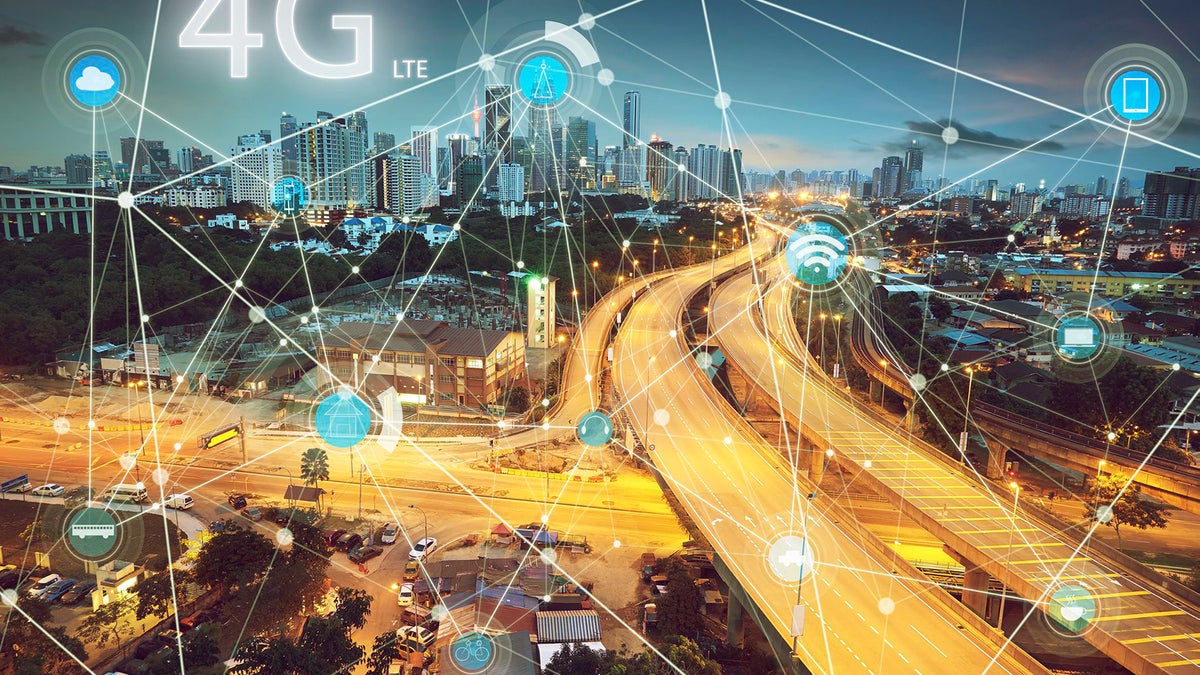Last week I got the iPhone SE 2020 edition for use on T-Mobile. Upgraded from the iPhone5s. Needing to do more at home now, I wanted to get a phone that could do more things quickly. I asked T-Mobile about my speeds on the iPhone 5s and they said I couldn't take advantage of the "extended range LTE" because the iPhone 5s wasn't able to do one of their bands, 61 or 71 - something like that. However the iPhone SE 2020 edition can handle it and I would see speed upgrades both inside and outside my house. So I figured that I would upgrade.
I can't believe how much faster this phone is than the 5s when it comes to doing things with apps as well as having the newest IOS, so the speed aspect I am thrilled for the upgrade. But my internet speed is not faster. I did multiple speedtests using the speedtest app, and I am getting great download speeds - somewhere between 18-27 Mbps indoors, and I get 3 out of 4 bars. However, my upload is pathetic. I can't get higher than .3 Mbps. I took the phone outside and still can only get .3 up. Indoors all my tests are between .24 and .32 Mbps. It is almost identical to what I had with my iPhone 5s, which makes me think I am not taking advantage of all the frequency ranges.
Is there a way I can get faster uploads by changing settings on my phone? I have LTE enabled, unlimited data from T-Mobile. When I am right by the tower by the bike path near my house, I am getting upload of 27 Mbps, which is about 3 miles away. So I don't think it is a phone setting. Does 3 miles drop my upload by that much? I am shocked I couldn't be on a simple zoom meeting on my iPhone as the upload wasn't enough for people on the other end to hear me.
Any thoughts anyone would have would be helpful!
I can't believe how much faster this phone is than the 5s when it comes to doing things with apps as well as having the newest IOS, so the speed aspect I am thrilled for the upgrade. But my internet speed is not faster. I did multiple speedtests using the speedtest app, and I am getting great download speeds - somewhere between 18-27 Mbps indoors, and I get 3 out of 4 bars. However, my upload is pathetic. I can't get higher than .3 Mbps. I took the phone outside and still can only get .3 up. Indoors all my tests are between .24 and .32 Mbps. It is almost identical to what I had with my iPhone 5s, which makes me think I am not taking advantage of all the frequency ranges.
Is there a way I can get faster uploads by changing settings on my phone? I have LTE enabled, unlimited data from T-Mobile. When I am right by the tower by the bike path near my house, I am getting upload of 27 Mbps, which is about 3 miles away. So I don't think it is a phone setting. Does 3 miles drop my upload by that much? I am shocked I couldn't be on a simple zoom meeting on my iPhone as the upload wasn't enough for people on the other end to hear me.
Any thoughts anyone would have would be helpful!



